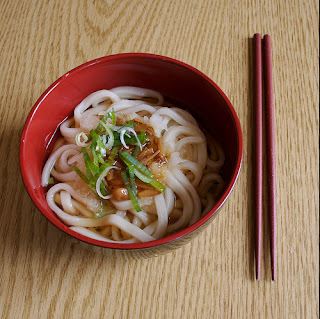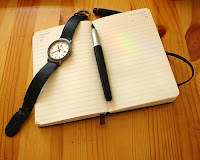LIBY 1210-04
Brunetti
Final Project
Both Parts Due on March 6 (bring print copies to class)
Copy for download
here.
Final Project Assignment: Topical Health Pamphlet
For your project, you will investigate a health topic from the perspective of a future healthcare worker, and create an informational pamphlet or handout to give to your patients. Your pamphlet will contain two parts, worth 10 points each.
Part A. Health Narrative:
Statement of Topic: _____________________________________
Synonyms and related concepts (Provide 3):
Short narrative (a few paragraphs is fine). In your overview, discuss the following:
• Provide a definition of the topic.
• Describe some demographic data (populations affected, regions if applicable)
• What are some common symptoms?
• Describe common treatments.
• Describe some risk factors and/or transmission routes if applicable.
Search Statements:
Provide a BOOLEAN search statement you would use to research the following scenarios. Describe any limits you would place on your search.
a. Current treatment options for a specific age and gender population
b. Recent research on this disease and possible nursing interventions
Part B. Annotated Bibliography
For this part, you must provide 6 information sources you’d feel comfortable recommending to your patient. You must provide a complete APA citation (use Noodletools or the Purdue OWL to help with proper formatting—there’s no excuse to lose points for sloppy citations). An annotation is simply a short description of a resource. After each citation, provide a brief description of why you selected the resource.
You may use more than one source type, (i.e., two web resources or two books) but I want you to choose at least three different source types. Remember that full-text journal, book or encyclopedia articles retrieved through a library database (such as CINAHL, Academic Search Premier or Lexis-Nexis) are not considered web sites:
1. Web Site (can be organizational site, online news story, etc.)
2. Book
3. Reference Source
4. Academic Journal article
5. Magazine or Newspaper article
6. Other media (DVD, video, audio, etc.)
Extra Credit: Can you find a suitable health information source for a non-English-speaking patient? Provide a citation annotation. (2 points)
Suggested Health Topics*
AIDS
Alcoholism
Alzheimer’s Disease
Anorexia Nervosa
Asthma
Breast Cancer
Coronary Artery Disease
Cystic Fibrosis
Depression
Diabetes—Type I
Diabetes—Type II
Food Allergies
Hepatitis B
Hepatitis C
HIV/AIDS
Human Papilloma Virus (HPV)
Infertility
Influenza
Migraine Headaches
Obesity
Osteoporosis
Parkinson's Disease d)
Post Traumatic Stress Disorder
Prostate Cancer
Renal Failure
Sickle Cell Anemia
Sleep Apnea
Stroke
* You are encouraged to come up with your own topics, but you must clear them with the instructor by week 3.
 Simply put, Flickr is a website where users can store and share their photos, label them with tags and tag other member's photos. Most of you have probably seen photos that were hosted by Flickr and some of you might even have Flickr accounts.
Simply put, Flickr is a website where users can store and share their photos, label them with tags and tag other member's photos. Most of you have probably seen photos that were hosted by Flickr and some of you might even have Flickr accounts.









